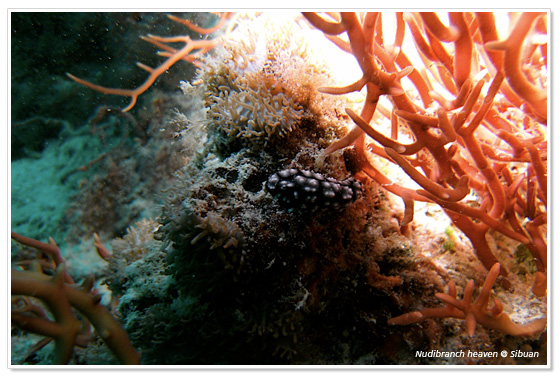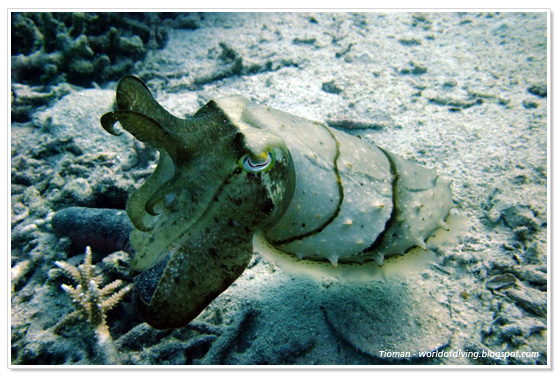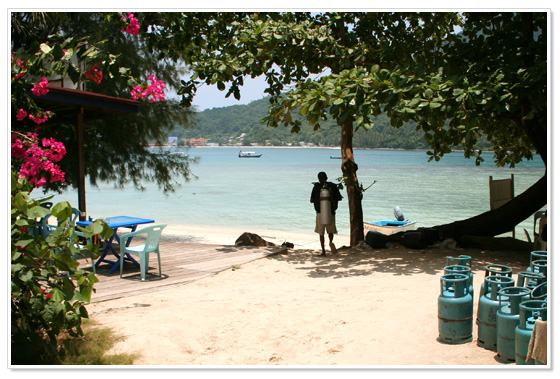Gong hey fat choy! Here is top 20 facts for the Lunar Year.
1. The 15-day festival, which starts on January 31 this year, is based on a combination of lunar and solar movements. It starts with the first new moon of each calendar year and ends on the full moon.
2. Food is a big part of Chinese New Year celebrations, and many meals are eaten with family and friends. Some traditional dishes for the holidays are nian gao cake, steamed rice pudding, long noodles, and dumplings.
3. Homes are cleaned top to bottom before the beginning of the new year, and all cleaning equipment is put away before New Year's Eve because it's believed that good fortune may be swept away if cleaning is done on New Year's Day.
4. The Chinese New Year's Eve and New Year's Day holidays are very family-centered celebrations. Many dinners are held with family and friends, deceased relatives are honoured, and children receive gifts and participate in traditions like cleaning ahead of the celebration and the Lantern Festival.
5. Before New Year's Day, homes are decorated with trays of oranges and tangerines (which are also brought by visitors during the holiday), a candy tray with eight kinds of dried sweet fruits, and live plants and vases of fresh flowers. Wishes for the new year are written on red paper.
6. There is a focus on ancestors and family members who have passed during the festival. On New Year's Eve, a dinner for ancestors is arranged at the family banquet table, so that all family members, deceased and living, can ring in the new year with a communal feast (called weilu), according to Nations Online.
7. Legend holds that the Chinese New Year began with a battle against a mythical beast called the Nian, who would come on the first day of the new year to eat children, livestock, and crops. In order to protect themselves from the Nian, villages put food in front of their doors believing that the creature would eat that and leave everything else alone. It was believed that the Nian was afraid of the colour red and firecrackers, so people would hang red lanterns outside and set off firecrackers.
8. Firecrackers are set off on New Year's Eve to send out the old year and welcome in the new. In China, officials are trying to discourage fireworks displays this year in order to reduce air pollution, reports The Guardian.
9. There are different traditions for each day of the New Year celebration. Many people abstain from meat on the first day, as that is believed to bring good luck for the year. Instead they eat a vegetarian dish called jai, which contains ingredients like lotus seed (signifying having many male children), dried bean curd (representing wealth and happiness), and bamboo shoots, explains Chow.com. Fresh tofu is not included, as the white colour is considered bad luck and representative of death and misfortune.
10. On the second day, the Chinese pray to both their ancestors and to all of the gods. It's believed that this day is the birthday of all dogs, as well, so canine friends get a lot of love (and food!) on day two.
11. On days three and four, sons-in-law are expected to pay respects to their parents-in-law.
12. The fifth day of the Chinese New Year is called Po Woo or Po Wu, reports China.org, and on that day people stay home to welcome the god of wealth. It's believed that visiting family and friends on this day will bring bad luck.
13. Visiting is back on from days six to 10, where the Chinese also visit temples to pray for wealth and health in the coming year.
14. On day seven, farmers display their harvest and make a celebratory drink from seven types of vegetables. As day two is considered the birthday of dogs, day seven is the birthday of human beings, and long noodles (for longevity) and raw fish (for success) are eaten as part of the celebrations. Check out this recipe for long life noodles with chicken.
15. The Fujian people have a family reunion dinner again on day eight, with midnight prayers to Tian Gong, the god of heaven (and the namesake of China's first space station).
16. Offerings to the Jade Emperor are made on day nine. In Chinese mythology, the Jade Emperor is the ruler of heaven and the creator of the universe, according to Godchecker.com.
17. On days 10 through 12, friends and relatives receive dinner invitations. That means that on the 13th day, people eat rice congee and mustard greens to recover from days of rich meals. Check out the recipe for congee here.
18. The 14th day is spent getting ready for the Lantern Festival on the 15th night. On the fifteenth day, when the moon is full, the Lantern Festival is held. As part of the festivities, children carry lanterns in a nighttime parade.
19. Red is a key colour for New Year's celebrations, as it symbolizes a bright and happy future. People wear red clothing during the festivities, explains Colour Lovers, and children, unmarried friends, and close relatives are given little red envelopes (lai see) with money inside for good luck.
20. This year will mark the beginning of the Year of the Horse: this animal signifies surprises in adventure and romance, and people born during this year are believed to be good communicators, kind, talkative, independent, and impatient.
1. The 15-day festival, which starts on January 31 this year, is based on a combination of lunar and solar movements. It starts with the first new moon of each calendar year and ends on the full moon.
2. Food is a big part of Chinese New Year celebrations, and many meals are eaten with family and friends. Some traditional dishes for the holidays are nian gao cake, steamed rice pudding, long noodles, and dumplings.
3. Homes are cleaned top to bottom before the beginning of the new year, and all cleaning equipment is put away before New Year's Eve because it's believed that good fortune may be swept away if cleaning is done on New Year's Day.
4. The Chinese New Year's Eve and New Year's Day holidays are very family-centered celebrations. Many dinners are held with family and friends, deceased relatives are honoured, and children receive gifts and participate in traditions like cleaning ahead of the celebration and the Lantern Festival.
5. Before New Year's Day, homes are decorated with trays of oranges and tangerines (which are also brought by visitors during the holiday), a candy tray with eight kinds of dried sweet fruits, and live plants and vases of fresh flowers. Wishes for the new year are written on red paper.
6. There is a focus on ancestors and family members who have passed during the festival. On New Year's Eve, a dinner for ancestors is arranged at the family banquet table, so that all family members, deceased and living, can ring in the new year with a communal feast (called weilu), according to Nations Online.
7. Legend holds that the Chinese New Year began with a battle against a mythical beast called the Nian, who would come on the first day of the new year to eat children, livestock, and crops. In order to protect themselves from the Nian, villages put food in front of their doors believing that the creature would eat that and leave everything else alone. It was believed that the Nian was afraid of the colour red and firecrackers, so people would hang red lanterns outside and set off firecrackers.
8. Firecrackers are set off on New Year's Eve to send out the old year and welcome in the new. In China, officials are trying to discourage fireworks displays this year in order to reduce air pollution, reports The Guardian.
9. There are different traditions for each day of the New Year celebration. Many people abstain from meat on the first day, as that is believed to bring good luck for the year. Instead they eat a vegetarian dish called jai, which contains ingredients like lotus seed (signifying having many male children), dried bean curd (representing wealth and happiness), and bamboo shoots, explains Chow.com. Fresh tofu is not included, as the white colour is considered bad luck and representative of death and misfortune.
10. On the second day, the Chinese pray to both their ancestors and to all of the gods. It's believed that this day is the birthday of all dogs, as well, so canine friends get a lot of love (and food!) on day two.
11. On days three and four, sons-in-law are expected to pay respects to their parents-in-law.
12. The fifth day of the Chinese New Year is called Po Woo or Po Wu, reports China.org, and on that day people stay home to welcome the god of wealth. It's believed that visiting family and friends on this day will bring bad luck.
13. Visiting is back on from days six to 10, where the Chinese also visit temples to pray for wealth and health in the coming year.
14. On day seven, farmers display their harvest and make a celebratory drink from seven types of vegetables. As day two is considered the birthday of dogs, day seven is the birthday of human beings, and long noodles (for longevity) and raw fish (for success) are eaten as part of the celebrations. Check out this recipe for long life noodles with chicken.
15. The Fujian people have a family reunion dinner again on day eight, with midnight prayers to Tian Gong, the god of heaven (and the namesake of China's first space station).
16. Offerings to the Jade Emperor are made on day nine. In Chinese mythology, the Jade Emperor is the ruler of heaven and the creator of the universe, according to Godchecker.com.
17. On days 10 through 12, friends and relatives receive dinner invitations. That means that on the 13th day, people eat rice congee and mustard greens to recover from days of rich meals. Check out the recipe for congee here.
18. The 14th day is spent getting ready for the Lantern Festival on the 15th night. On the fifteenth day, when the moon is full, the Lantern Festival is held. As part of the festivities, children carry lanterns in a nighttime parade.
19. Red is a key colour for New Year's celebrations, as it symbolizes a bright and happy future. People wear red clothing during the festivities, explains Colour Lovers, and children, unmarried friends, and close relatives are given little red envelopes (lai see) with money inside for good luck.
20. This year will mark the beginning of the Year of the Horse: this animal signifies surprises in adventure and romance, and people born during this year are believed to be good communicators, kind, talkative, independent, and impatient.











































